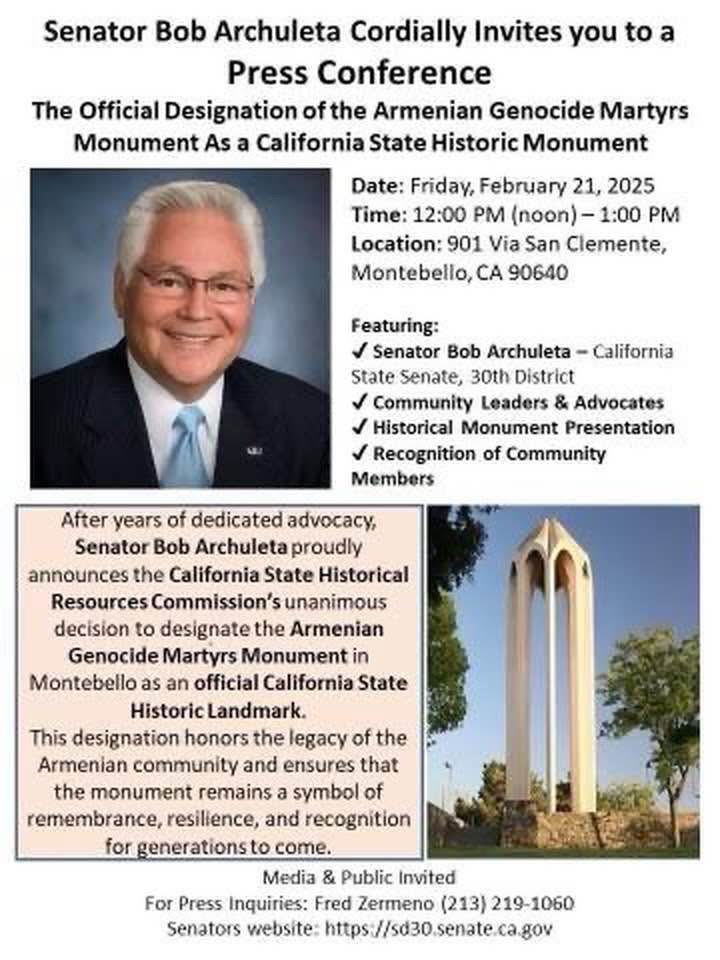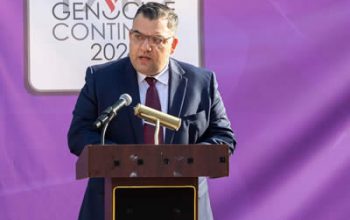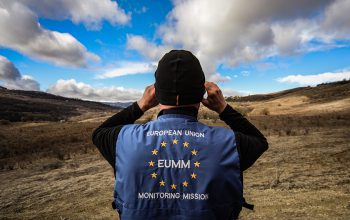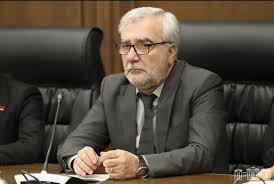Montebello, CA – After years of advocacy, Senator Bob Archuleta (D-Pico Rivera) proudly affirms the State Historical Resources Commission’s unanimous vote to officially designate the Armenian Genocide Martyrs Monument, located in the 30th Senate District, as a California State Historical Landmark.
With deep roots in the community from his tenure with the Montebello Police Department and his ongoing commitment as a Senator, Archuleta has long recognized the monument’s critical importance to the Armenian community in Montebello, where the Monument is located. For years, Archuleta has championed the cause to ensure that this historic site receives the honor it deserves.
Who: Montebello Mayor Salvador Melendez; Montebello Councilmember Scarlet Peralta; Senator Bob Archuleta; Assemblymember Mark Gonzalez; Community Leader Murad Minasian; Armenian Cultural Foundation, Mesrobian Principal, Lena Garabedian; City Manager Raul Alvarez; Armen K. Hovannisian ARF Central Committee Member; David Tchoukadarian; H.E. Archbishop Hovnan Derderian; Monsignor Parsegh Baghdassarian, I.C.P.B., Chairman Armand Baghdoyan; and twin brothers, Nick and Dylan Khatchikian, members of the Mesrobian High School basketball team who will be recognized for breaking the State CIF points and assist records.
What: The Armenian Genocide Martyrs Monument is located within the 30th Senate District. Recognizing this monument as a California State Historical Landmark is a commitment to preserving a legacy that not only honors the past but also educates future generations about the enduring spirit of resilience and cultural identity.
Where: 901 Via San Clemente, Montebello, CA 90604 at the Quiet Cannon Golf Course off Garfield and San Clemente
When: Friday, February 21, 2025 at 12: Noon
Constructed as a modern, sculptural interpretation of traditional Armenian Church architecture, the Armenian Genocide Martyrs Monument holds the distinction of being the first major monument dedicated to the Armenian Genocide in the United States, as well as the first of its kind on public land. Its establishment, in 1968, was made possible through the dedication and efforts of the Armenian American community and has become a powerful symbol of pride and remembrance for the diaspora.




